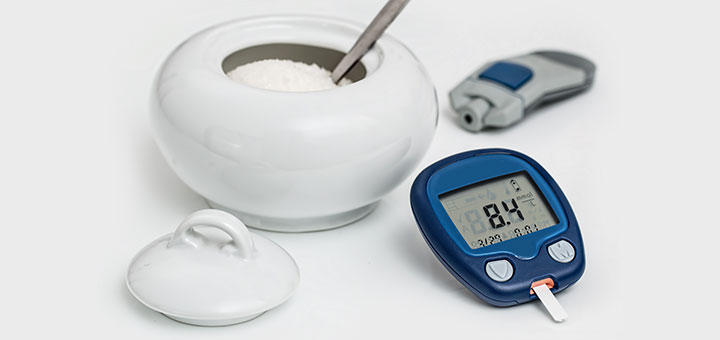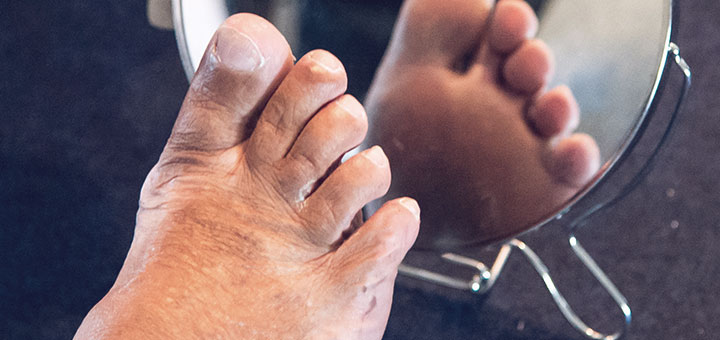Custom Orthotics for Patients with Diabetes
Custom Orthotics | orthoticsnearme.ca
As a person with diabetes, it is important for you to care for your feet properly every day. People with diabetes can, over time, have damage to nerves through the body. If you have nerve damage, known as neuropathy, you may not feel pain if you injure your feet. Because of this an infection may develop without warning. Decreased blood circulation slows healing. This can result in foot ulcers which can eventually lead to amputation of the feet or legs. Patients with diabetes can develop nerve problems at any time, but the longer a person has diabetes, the greater the risk.

People with intact sensation respond to repetitive stress that occurs during walking either by shifting the pressure to another part of the foot, by modifying the way the foot meets the ground, by resting, or by checking their shoes for problems. With the loss of peripheral sensation, however, many people with diabetes have no indication of foot pain, pressure, or trauma and do not take measures to modify repetitive pressures. Lack of feeling makes custom orthotics fitting assistance essential.
Properly-fitted custom orthotics can minimize localized stresses by redistributing forces during walking. Besides helping patients keep feet healthy, well-fitted orthotics also can help prevent diabetes complications. Studies have shown that after healing of the initial ulcer, re-ulceration occurred after one year in 58 percent of patients who resumed wearing their own footwear, compared to 28 percent of those who wore therapeutic footwear.
Professionally fitted custom orthotics and prescription diabetic footwear are important part of the overall treatment of the foot with impaired sensitivity. Footwear with properly-produced and fitted custom orthotics should relieve areas of excessive pressure, reduce shock and shear, and accommodate, stabilize and support deformities.

Most people with early neuropathic changes can wear cushioned commercial footwear such as walking or athletic shoes. When used in conjunction with an off-the-shelf soft accommodative insole, comfort shoes and athletic footwear may be as effective as prescribed depth shoes in reducing certain metatarsal and great toe pressures. In many cases, however, patients may need the pressure areas redistributed with custom orthotics that often require prescribed custom-molded orthotics and footwear.